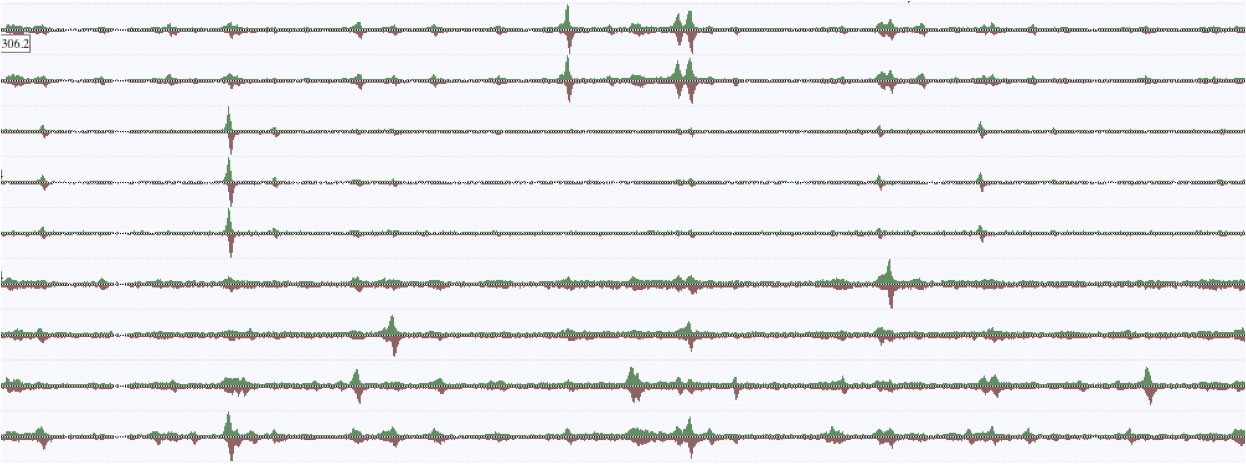Mat studies cross-regulation of gene expression by hormone signaling pathways during seedling growth. This work is as part of a team including Mark Zander, Liang Song, Carol Huang, Mingtang Xie and Ronan O’Malley.
The phenotype of an organism results from a vast number of information inputs that change over time. Inputs come from both internal and external factors, such as weather conditions, pathogen attack and the activity of hormone signaling pathways. Dynamic regulation of transcription is a key point at which inputs are integrated and processed to determine phenotypic outputs. This occurs through changes in the activity and binding of TFs that may regulate gene expression both positively and negatively. An individual TF binds to the promoters of hundreds or thousands of genes, acting as an information input to the expression of those genes. Tens of TFs may be bound simultaneously to the promoter of any given gene. The final transcriptional output of each gene is therefore determined by a complex interaction between many different TFs. Fluctuations in expression of that gene reflect changes in the population of bound TFs.
The major hormone signaling pathways interact in complex ways, both synergistic and antagonistic. Each pathway regulates dynamically a suite of TFs that affect expression of downstream genes. These pathways influence growth and development of plants throughout their lifecycle. The result is a highly complex network of interactions that change over time.
We study the interactions between hormone signaling pathways using genome-scale techniques (chromatin immunoprecipitation sequencing – ChIP-seq) to measure binding of TFs, differential gene expression (RNA-seq) and associated protein activity (proteomics, phosphoproteomics). The targets are the major plant hormone signaling pathways, including jasmonic acid, ethylene and salicylic acid. Data are integrated using bioinformatic and systems biology techniques with the ultimate goal of generating models describing seedling growth.
